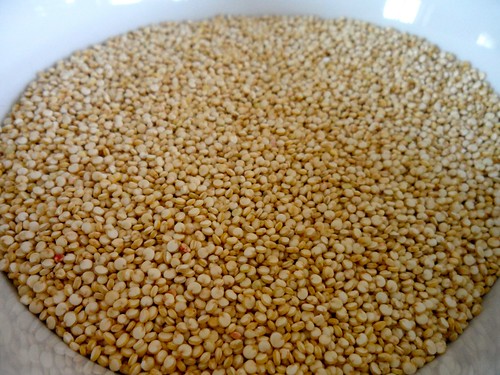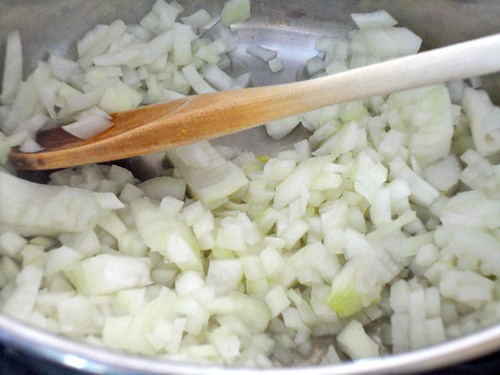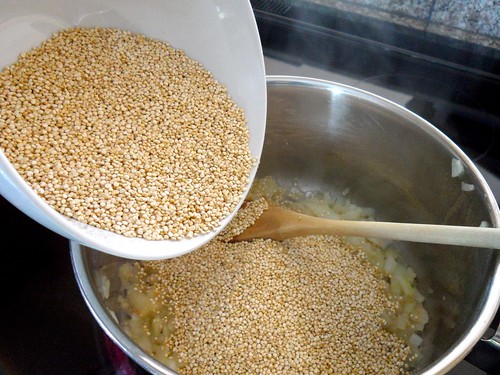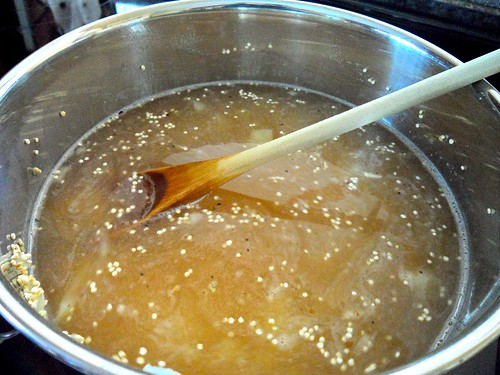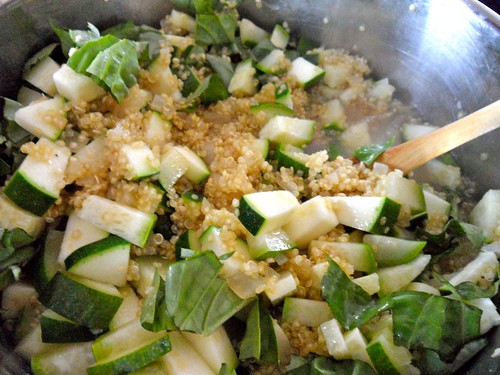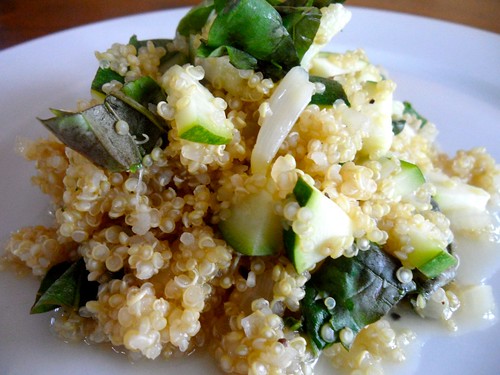You are here
Quinoa: One of Nature's Healthiest Protein-Rich Foods
If you're looking for a truly healthy, protein-rich food to anchor your diet, I highly recommend that you consider quinoa (pronounced keen wah). Called the "mother of grains" by the Incan empire, quinoa is native to South America, and is naturally rich in all nine essential amino acids - these are amino acids that we humans can't make from other nutrients, so must obtain from our diet. Quinoa is one of a few grains that are gluten-free, and for most people, it's easy to digest and utilize.
Quinoa is particularly rich in lysine, an amino acid that is needed for growth and repair of our tissues. In some individuals, lysine is helpful in preventing cold sores, especially when combined with intake of natural vitamin C and avoidance of foods that are rich in arginine.
When cooked, quinoa has a slightly nutty flavor that goes well with its fluffy texture. Beyond being abundant in healthy protein, it's a good source of a number of micronutrients, most notably iron, magnesium, copper, and phosphorus. - Ben Kim
Enjoy the many health benefits of eating quinoa with the following recipe:
Zucchini and Basil Quinoa Pilaf
Makes about 4-6 servings
Ingredients:
2 cups quinoa
1 large or 2 small zucchini, chopped into small, bite-size pieces
1 yellow onion, finely chopped
3 cloves garlic, minced
4 cups vegetable or chicken broth
Freshly squeezed lemon juice (2 lemons)
1 cup fresh basil leaves, roughly chopped
Sea salt and black pepper, to taste
Directions:
1. In a medium size pot, cook onions and garlic in about 1/4 cup of broth for a few minutes, or until onions are soft.
2. Add quinoa, a sprinkle of sea salt and pepper, and the remaining broth.
Bring to a boil, reduce to simmer, then cover and let simmer for about 15 minutes.
3. Remove lid, add zucchini, lemon juice, and about 3/4 cup of chopped basil. Cover again with lid and let pot sit for about 2 minutes with the heat off.
4. Add remaining basil, season with sea salt and pepper, and serve while it's hot.
Enjoy this nourishing and deeply satisfying zucchini and basil quinoa pilaf.
Note: This recipe was adapted from a similar version found in Dr. Dean Ornish's The Spectrum.
If you can't find quinoa in your local grocery store, try a health or bulk food store.
For the recipe without photos, click here:







